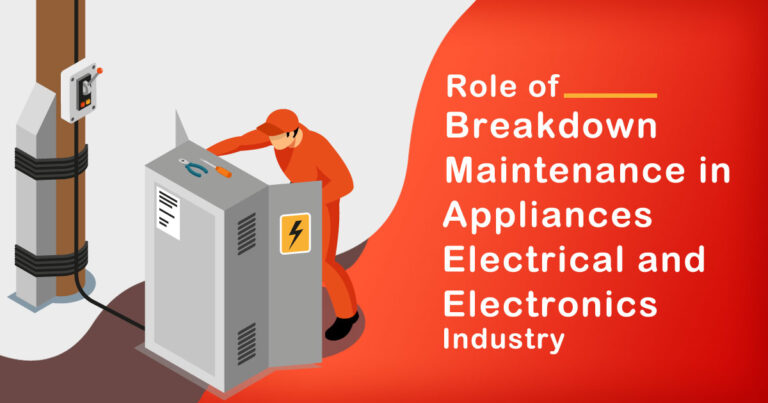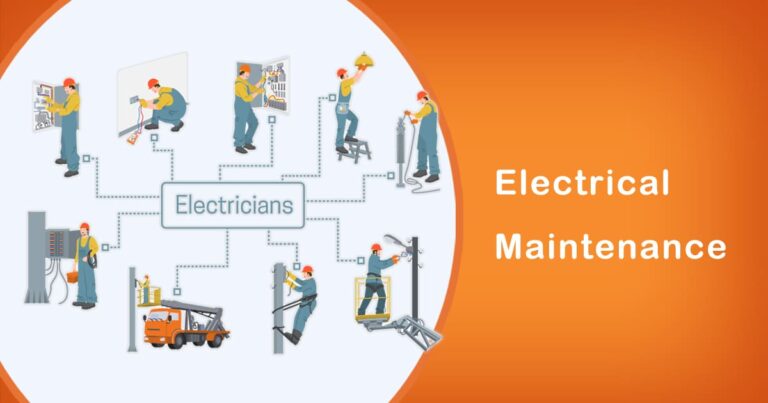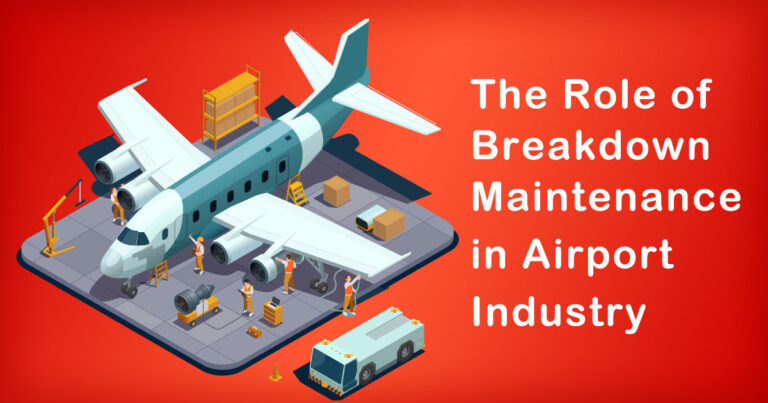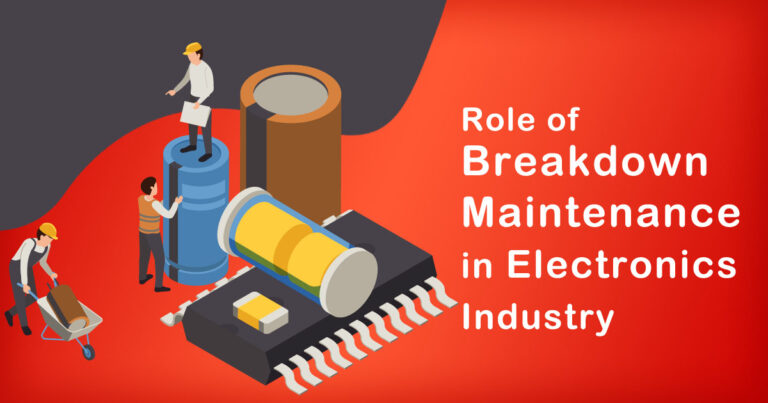Maintenance procedures are critical to the success of any organization, as they ensure the smooth functioning of equipment and systems, prevent breakdowns, and reduce downtime. In an Indian context, maintenance procedures are even more critical, as the country is still developing and lacks the infrastructure to deal with frequent breakdowns and downtime. In this blog, we will discuss why maintenance procedures are critical to success and how they can help organizations achieve their goals.
Why Maintenance Procedures are Critical to Success?
1. Prevents Breakdowns
Maintenance procedures help prevent breakdowns by identifying potential problems and fixing them before they become critical. This helps to reduce downtime and increase productivity, which is critical to success. In India, where downtime can have a significant impact on the economy, maintenance procedures are critical to ensure uninterrupted operations.
2. Reduces Costs
Maintenance procedures help reduce costs by identifying potential problems and fixing them before they become critical. This helps to reduce downtime, repair costs, and replacement costs, which can be significant. In India, where resources are limited, reducing costs is critical to the success of organizations.
3. Improves Safety
Maintenance procedures help improve safety by ensuring that equipment and systems are functioning correctly. This helps to prevent accidents and injuries, which can be costly and damaging to the reputation of the organization. In India, where safety standards are still developing, maintenance procedures are critical to ensure the safety of workers and the public.
4. Increases Equipment Life
Maintenance procedures help increase the life of equipment by ensuring that it is well-maintained and functioning correctly. This helps to reduce replacement costs and improve the return on investment. In India, where resources are limited, increasing the life of equipment is critical to the success of organizations.
5. Improves Quality
Maintenance procedures help improve the quality of products and services by ensuring that equipment and systems are functioning correctly. This helps to reduce defects, rework, and customer complaints, which can be costly and damaging to the reputation of the organization. In India, where quality standards are still developing, maintenance procedures are critical to ensure that products and services meet customer expectations.
Research and Facts
According to a report by Frost & Sullivan, the Indian maintenance, repair, and overhaul (MRO) market is expected to reach $8.5 billion by 2025, growing at a CAGR of 7.7% from 2020 to 2025. The report cites the increasing demand for MRO services in various industries, such as aviation, automotive, and manufacturing, as the main driver of growth.
A study by the National Productivity Council found that preventive maintenance can reduce breakdowns by up to 75%, reduce downtime by up to 30%, and increase equipment life by up to 20%. The study also found that the cost of preventive maintenance is much lower than the cost of corrective maintenance.
A survey by the Confederation of Indian Industry (CII) found that 60% of companies in India did not have a formal maintenance strategy, and only 30% had a preventive maintenance plan. The survey also found that the lack of maintenance procedures resulted in frequent breakdowns, downtime, and low productivity.
Conclusion
Maintenance procedures are critical to the success of any organization, especially in India, where resources are limited, and downtime can have a significant impact on the economy. Preventive maintenance can reduce breakdowns, reduce costs, improve safety, increase equipment life, and improve quality. Organizations that implement maintenance procedures are more likely to achieve their goals and be successful in the long run. It is essential to develop a formal maintenance strategy and a preventive maintenance plan to ensure uninterrupted operations and maximize the return on investment.








